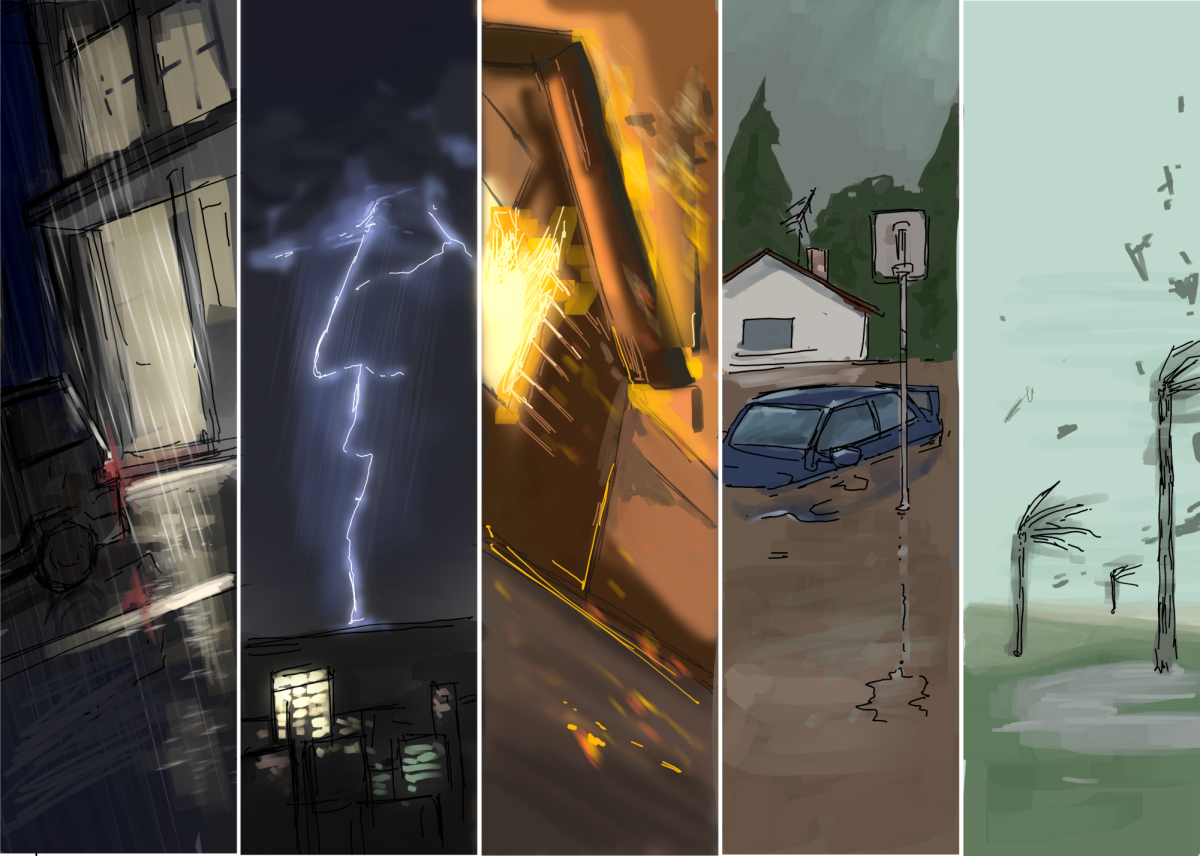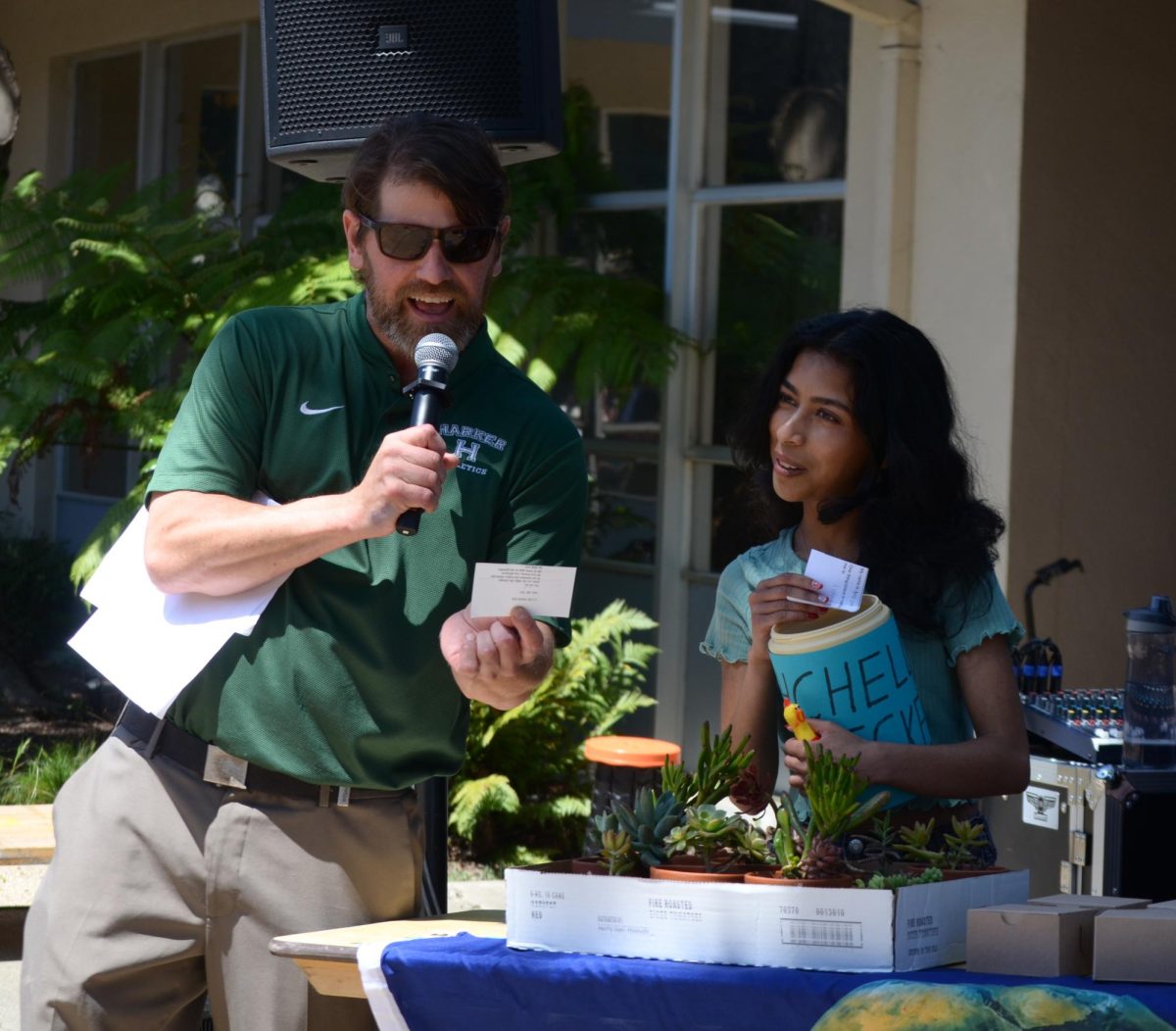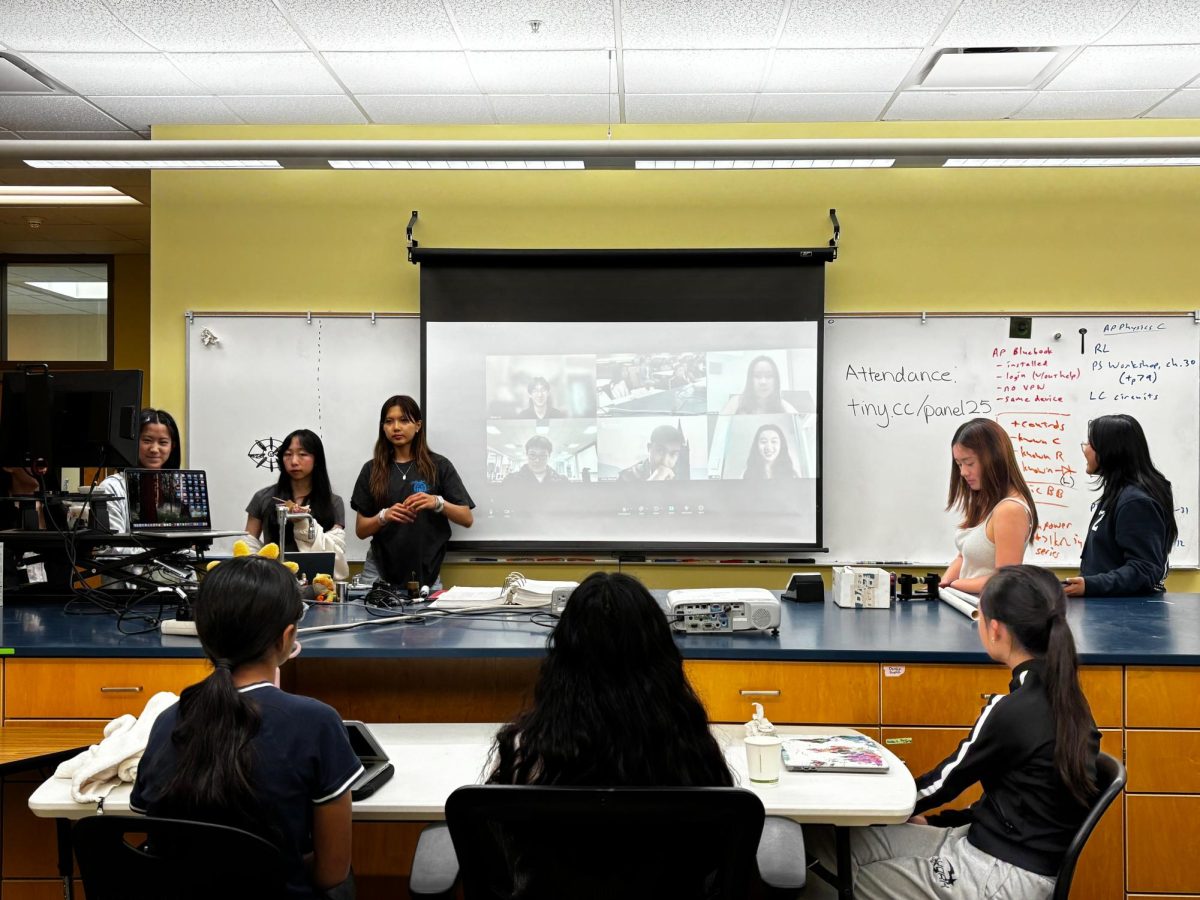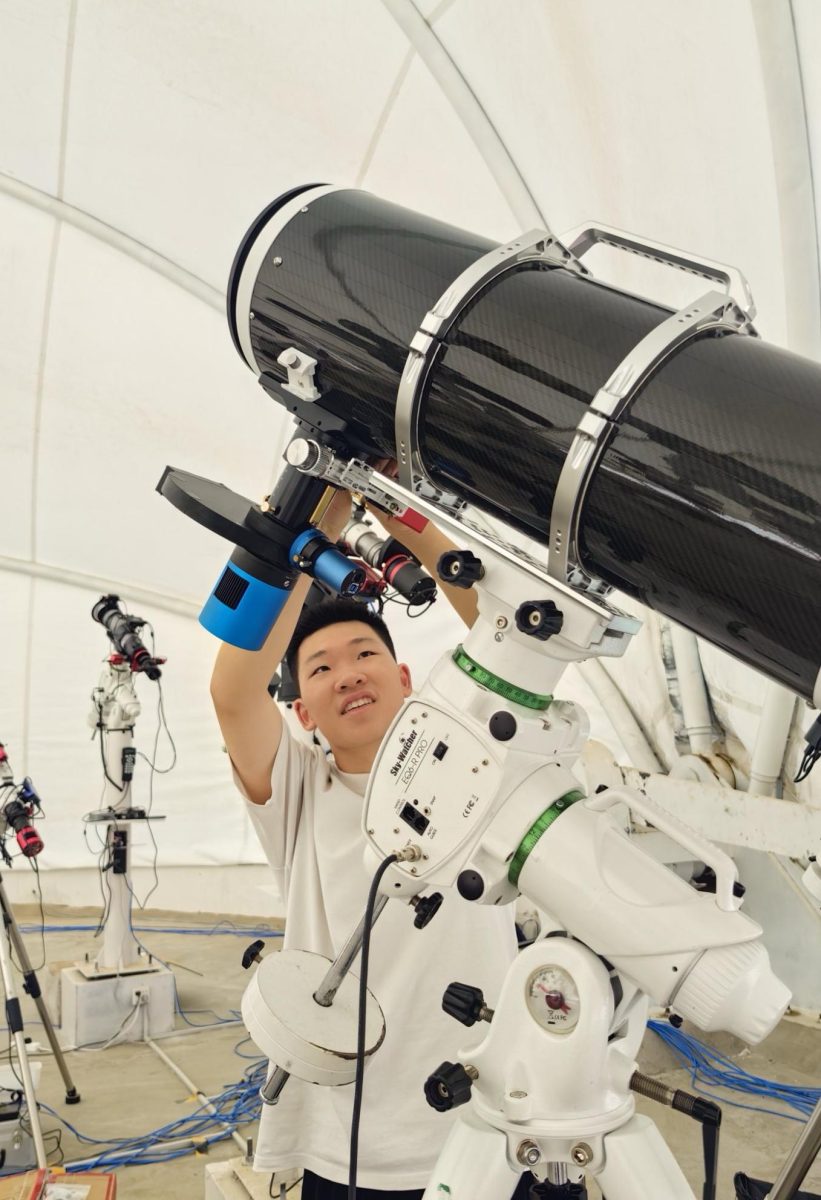The hum of electricity halts. Lights flicker and extinguish. We’re plunged into a world of disorientation, our hands grasping for flashlights and candles in the eerie darkness. With nothing but our makeshift light sources, the once-familiar spaces around us seem foreign.
Power outages disrupt our daily lives, stripping away the technology and electricity that we depend on. This year alone, 39 power outages have already struck California. While weather and equipment failure are primary causes, power outages can also be triggered by electricity overconsumption.
When electricity demand exceeds the available supply, utility services often enforce “rolling blackouts,” or purposeful power shutoffs. In California, rolling blackouts are almost routine, as there is a shortage of power needed to keep electricity running. Upper school computer science teacher Marina Peregrino believes that during the summer, air conditioning usage contributes to these outages.
“If there’s too much of a load, like if everyone wants to turn their air conditioners on at 3 p.m. when they get home from work on a hot day, the electricity demand can be too high,” Peregrino said. “So rather than give everybody not good voltages, the [electric companies] tend to rotate who has power and who doesn’t.”
The U.S. Energy Information Administration predicts that global electricity demand will increase by around one-third by 2050. This rise is driven by our society’s dependence on electronics, whether that be devices or vehicles. So much electricity usage presents an inevitable toll on our planet and climate.
Coal and natural gas serve as the primary sources for generating electricity. Burning coal emits gaseous byproducts like carbon dioxide, and natural gas is made up of primarily methane, a harmful greenhouse gas. Ash particles from coal heating find their way into the atmosphere, leading to increased air pollution.
Electricity overconsumption forces more and more greenhouse gasses into the air, worsening our climate. In 2022, coal-generated electricity produced 868 million tons of CO2 emissions, while natural gas-powered electricity released 743 million tons of CO2 emissions.
The average duration of a power outage increased from 3.5 hours to more than seven hours in the U.S. between 2013 and 2021. These past few years, power outages have been prevalent in the Harker community, especially for students and faculty who live in the mountains. Upper school math teacher Dana Lieberman emphasizes the impact of storm-caused outages on her home and living space.
“When I first moved up to the mountain, we had a four-day outage, and I was not very happy about throwing out the entire contents of my refrigerator and freezer,” Lieberman said. “We’ve had one five-day outage and a couple of one to three-day outages as well. Of my 22-and-a-half days last winter, the longest single one was nine-and-a-half days. That’s twice what we’re accustomed to.”
But not all hope is lost. Just as the volume of power outages increases, so does the number of available solutions. Some emerging innovations against power outages include microgrids –– smaller, more efficient energy systems; hardening the grid –– burying transmission lines and trimming trees to prevent damage; and bidirectional charging –– using electric vehicles as home electricity generators during power outages.
As always, traditional methods of conserving electricity work just as well. The overuse of lights, air conditioning and other energy-intensive appliances can precede or prolong power outages, so it comes down to everyone’s active participation in preventing them instead.
“Blackouts are really scary for us in the moment, but it’s important to take a step back and look at the bigger picture,” sophomore Aanya Shah said. “Blackouts are a big indication of humanity’s effect on the environment, and it’s important to realize that it’s because of overconsumption of natural resources that we as a society are using that’s damaging our environment.”


















![“[Building nerf blasters] became this outlet of creativity for me that hasn't been matched by anything else. The process [of] making a build complete to your desire is such a painstakingly difficult process, but I've had to learn from [the skills needed from] soldering to proper painting. There's so many different options for everything, if you think about it, it exists. The best part is [that] if it doesn't exist, you can build it yourself," Ishaan Parate said.](https://harkeraquila.com/wp-content/uploads/2022/08/DSC_8149-900x604.jpg)




![“When I came into high school, I was ready to be a follower. But DECA was a game changer for me. It helped me overcome my fear of public speaking, and it's played such a major role in who I've become today. To be able to successfully lead a chapter of 150 students, an officer team and be one of the upperclassmen I once really admired is something I'm [really] proud of,” Anvitha Tummala ('21) said.](https://harkeraquila.com/wp-content/uploads/2021/07/Screen-Shot-2021-07-25-at-9.50.05-AM-900x594.png)







![“I think getting up in the morning and having a sense of purpose [is exciting]. I think without a certain amount of drive, life is kind of obsolete and mundane, and I think having that every single day is what makes each day unique and kind of makes life exciting,” Neymika Jain (12) said.](https://harkeraquila.com/wp-content/uploads/2017/06/Screen-Shot-2017-06-03-at-4.54.16-PM.png)








![“My slogan is ‘slow feet, don’t eat, and I’m hungry.’ You need to run fast to get where you are–you aren't going to get those championships if you aren't fast,” Angel Cervantes (12) said. “I want to do well in school on my tests and in track and win championships for my team. I live by that, [and] I can do that anywhere: in the classroom or on the field.”](https://harkeraquila.com/wp-content/uploads/2018/06/DSC5146-900x601.jpg)
![“[Volleyball has] taught me how to fall correctly, and another thing it taught is that you don’t have to be the best at something to be good at it. If you just hit the ball in a smart way, then it still scores points and you’re good at it. You could be a background player and still make a much bigger impact on the team than you would think,” Anya Gert (’20) said.](https://harkeraquila.com/wp-content/uploads/2020/06/AnnaGert_JinTuan_HoHPhotoEdited-600x900.jpeg)

![“I'm not nearly there yet, but [my confidence has] definitely been getting better since I was pretty shy and timid coming into Harker my freshman year. I know that there's a lot of people that are really confident in what they do, and I really admire them. Everyone's so driven and that has really pushed me to kind of try to find my own place in high school and be more confident,” Alyssa Huang (’20) said.](https://harkeraquila.com/wp-content/uploads/2020/06/AlyssaHuang_EmilyChen_HoHPhoto-900x749.jpeg)























